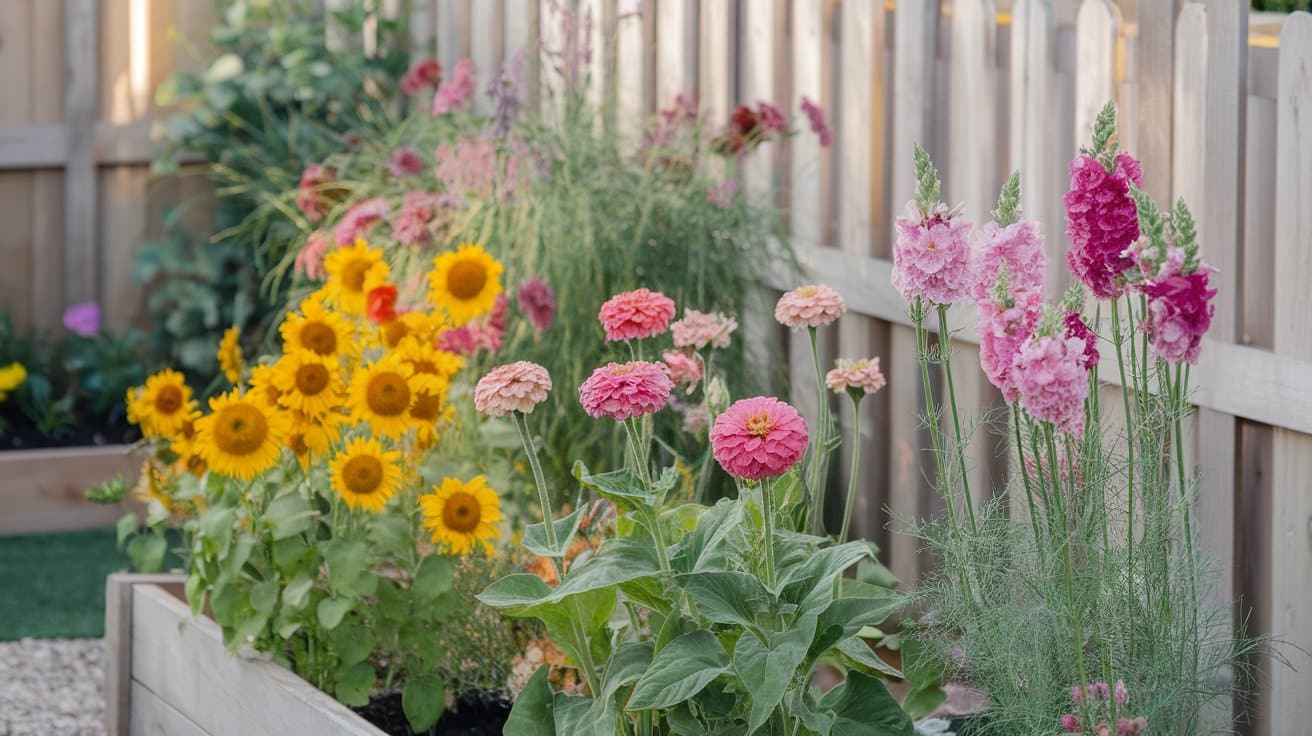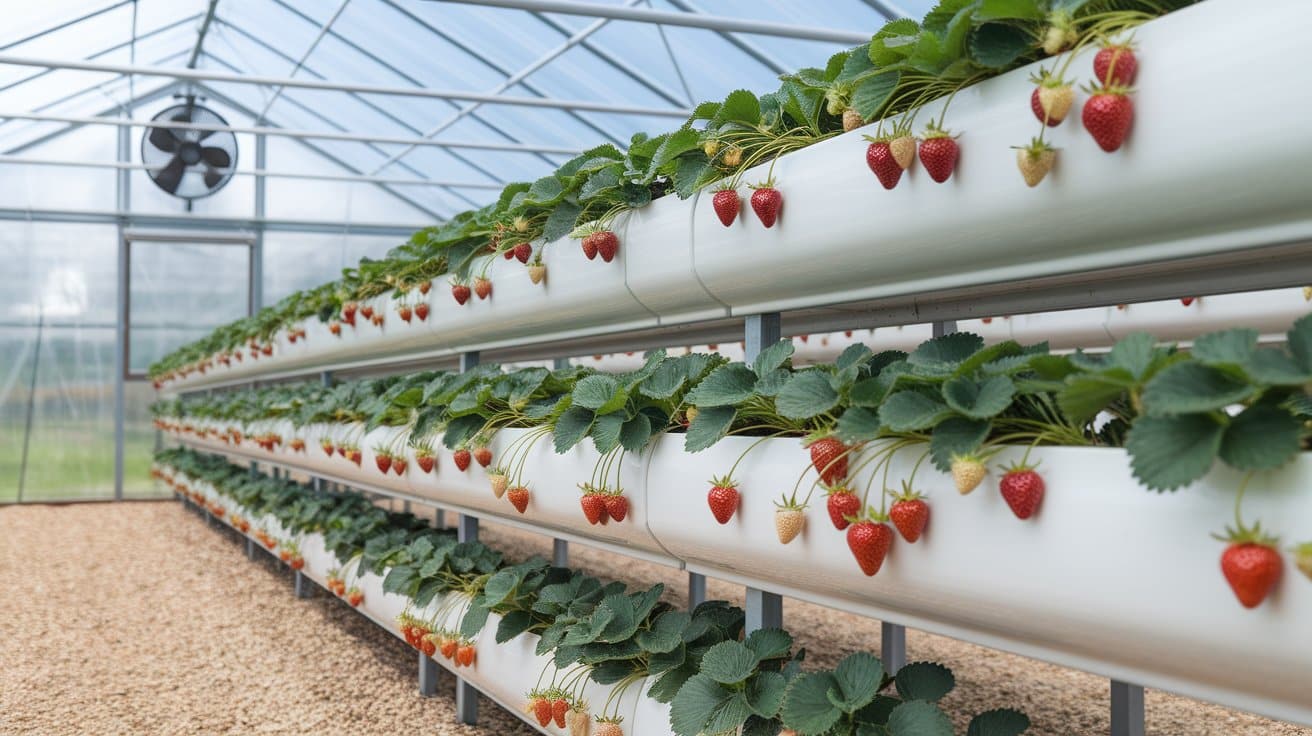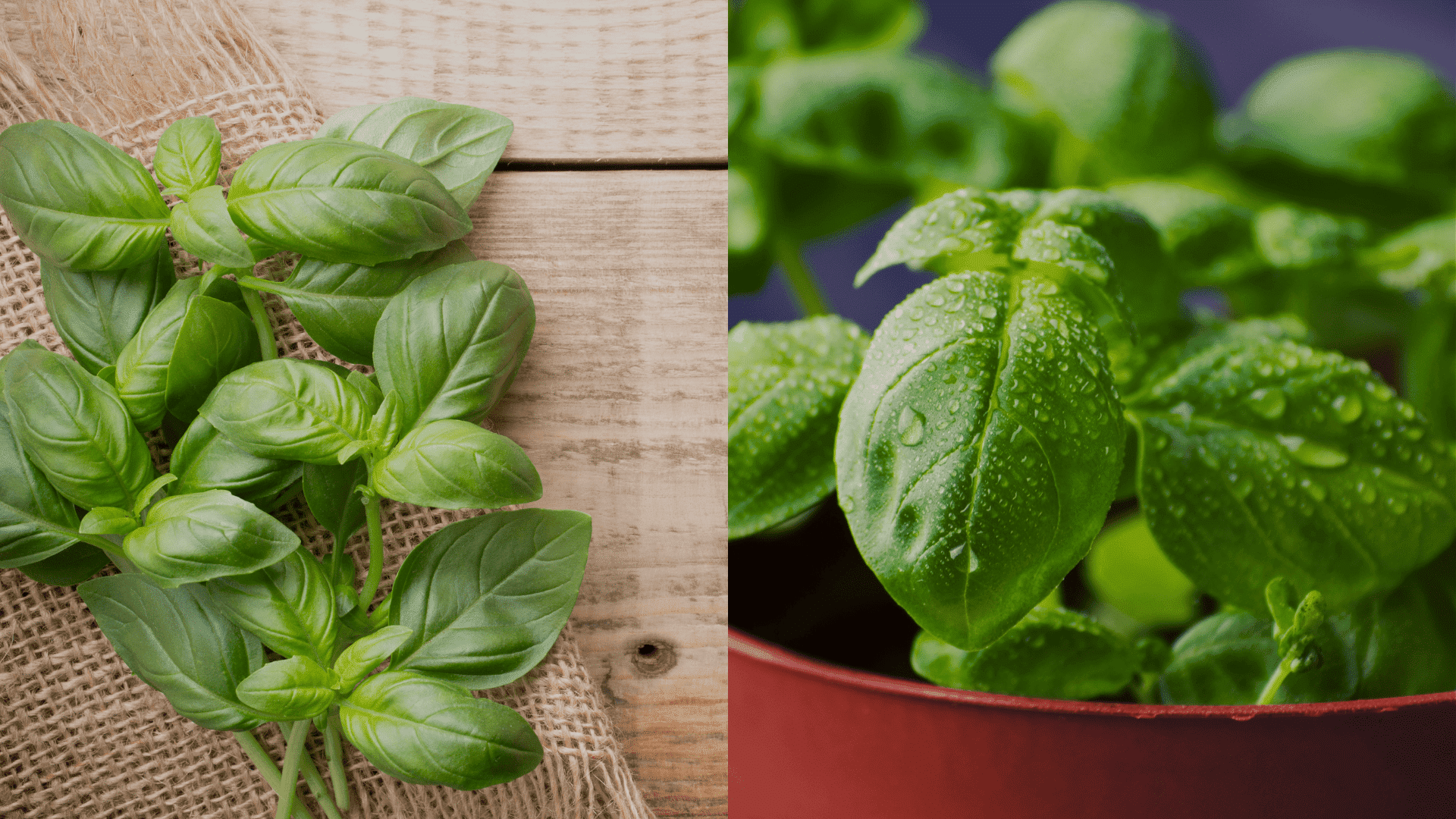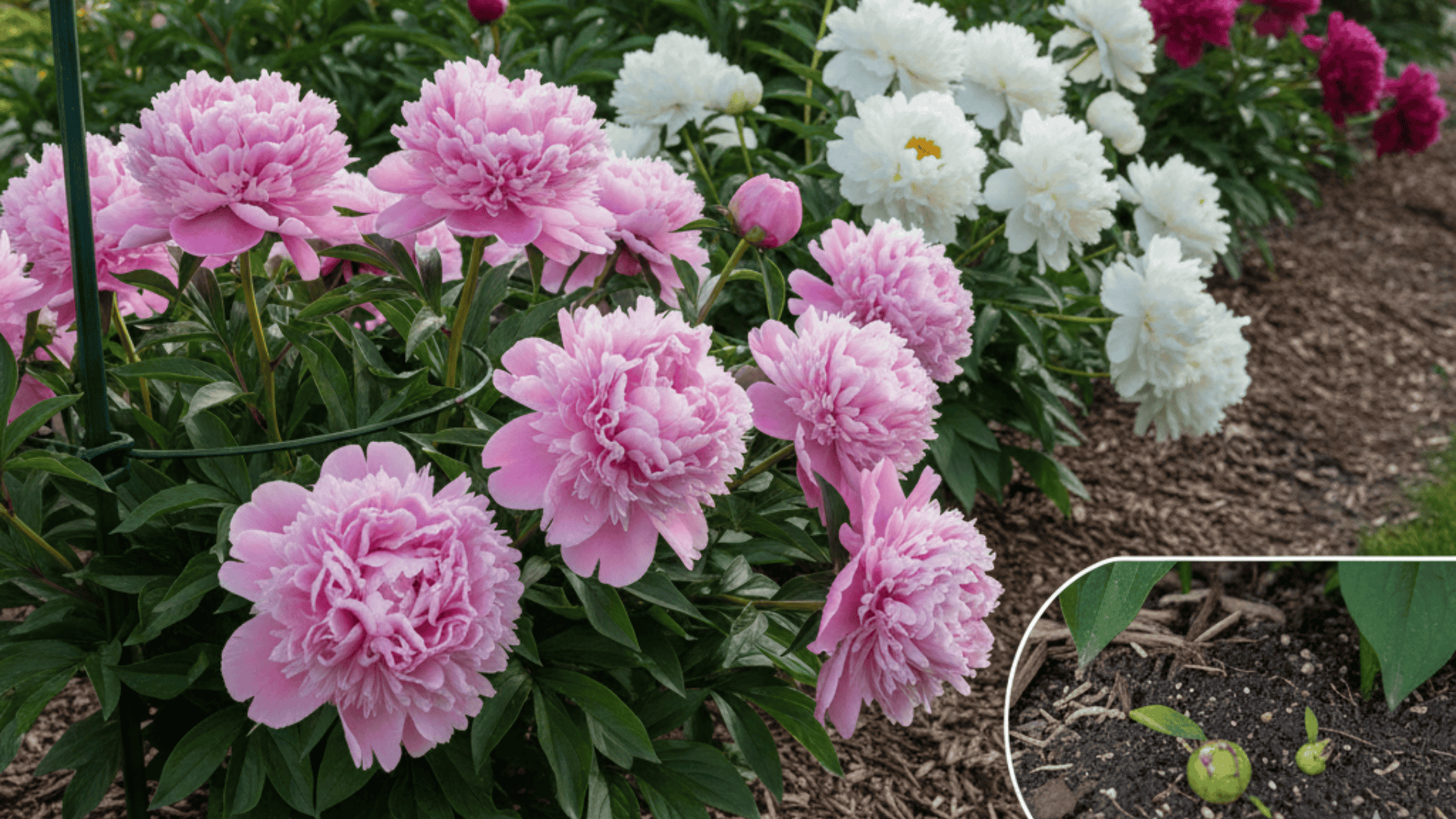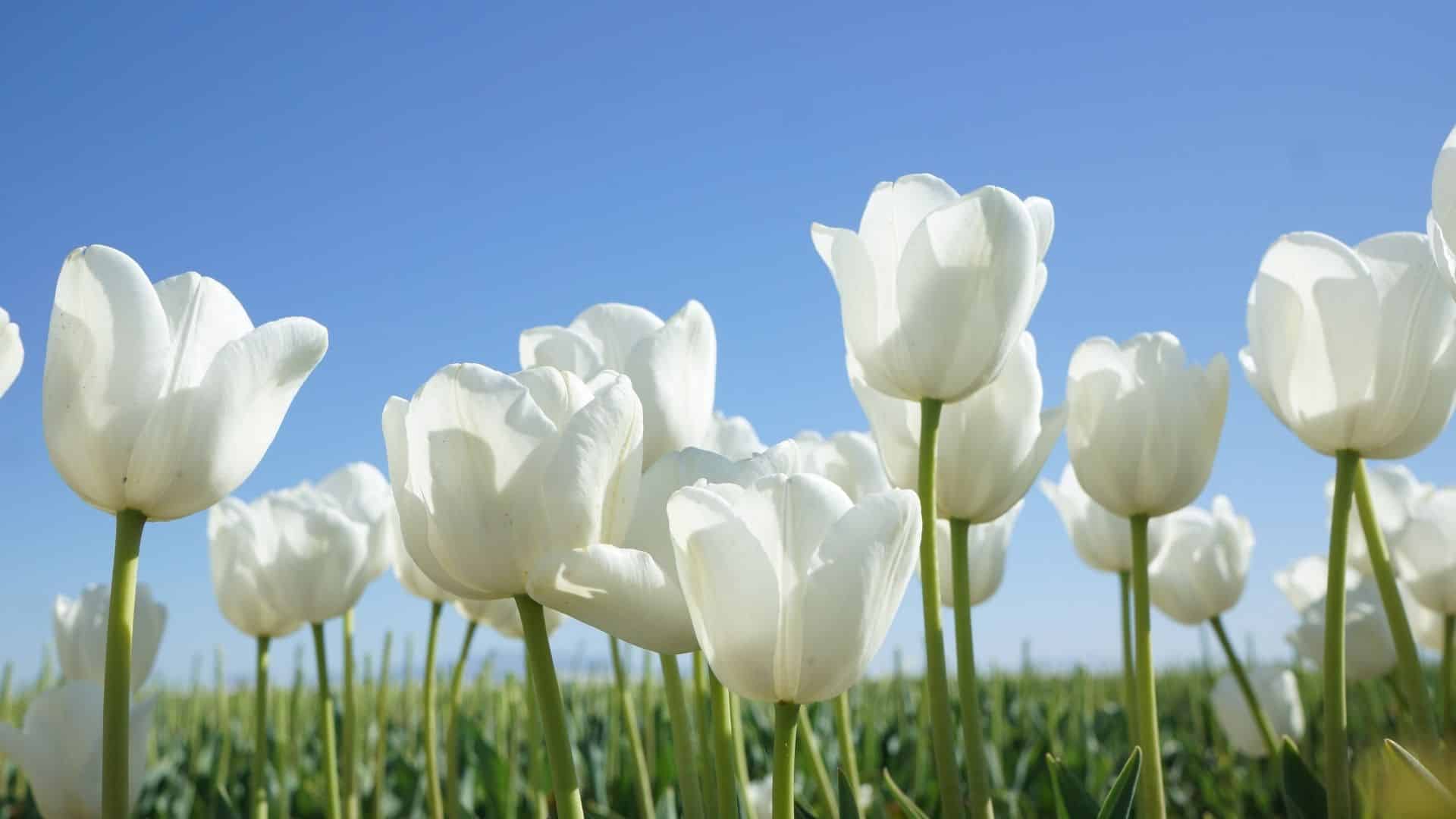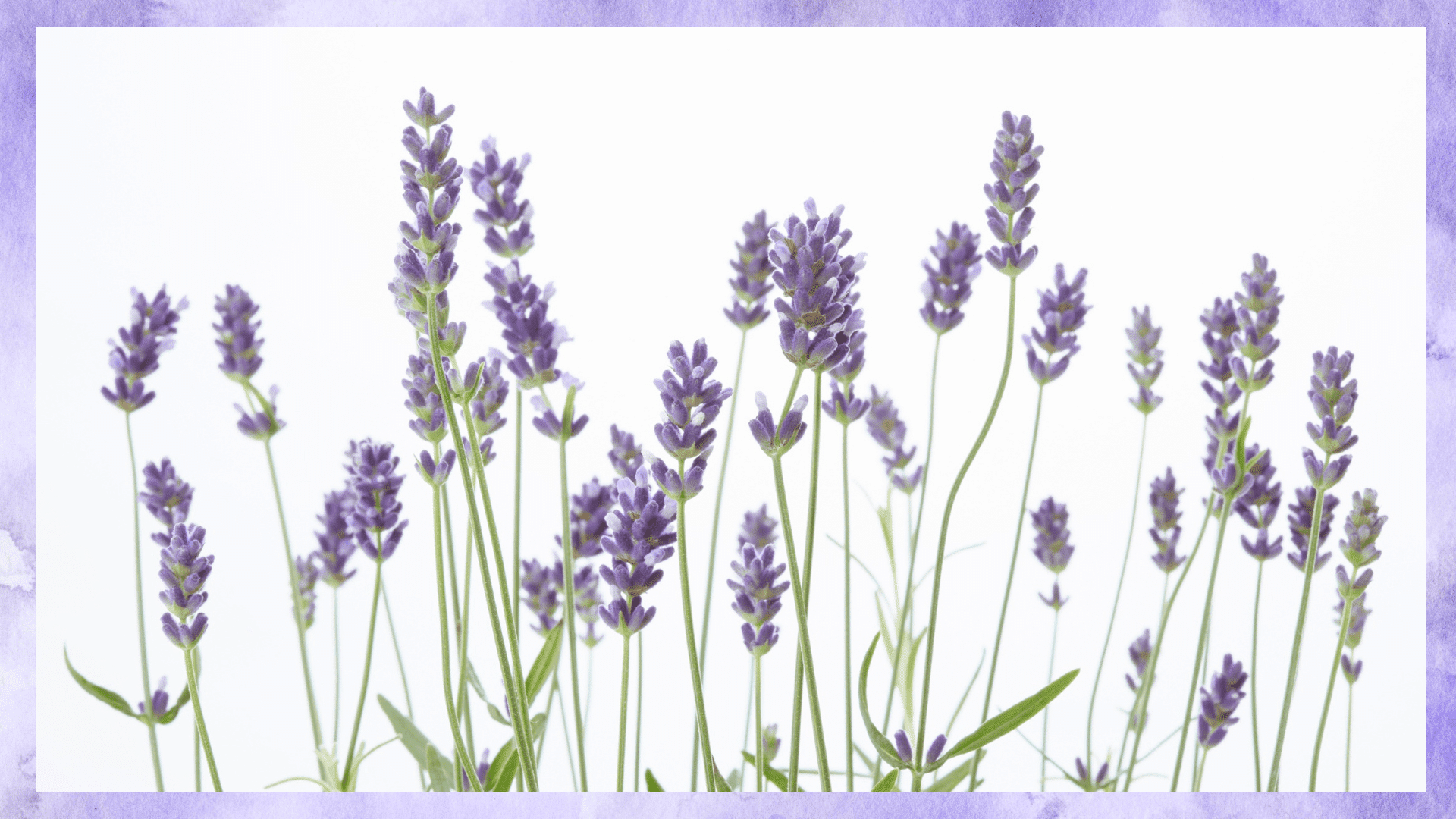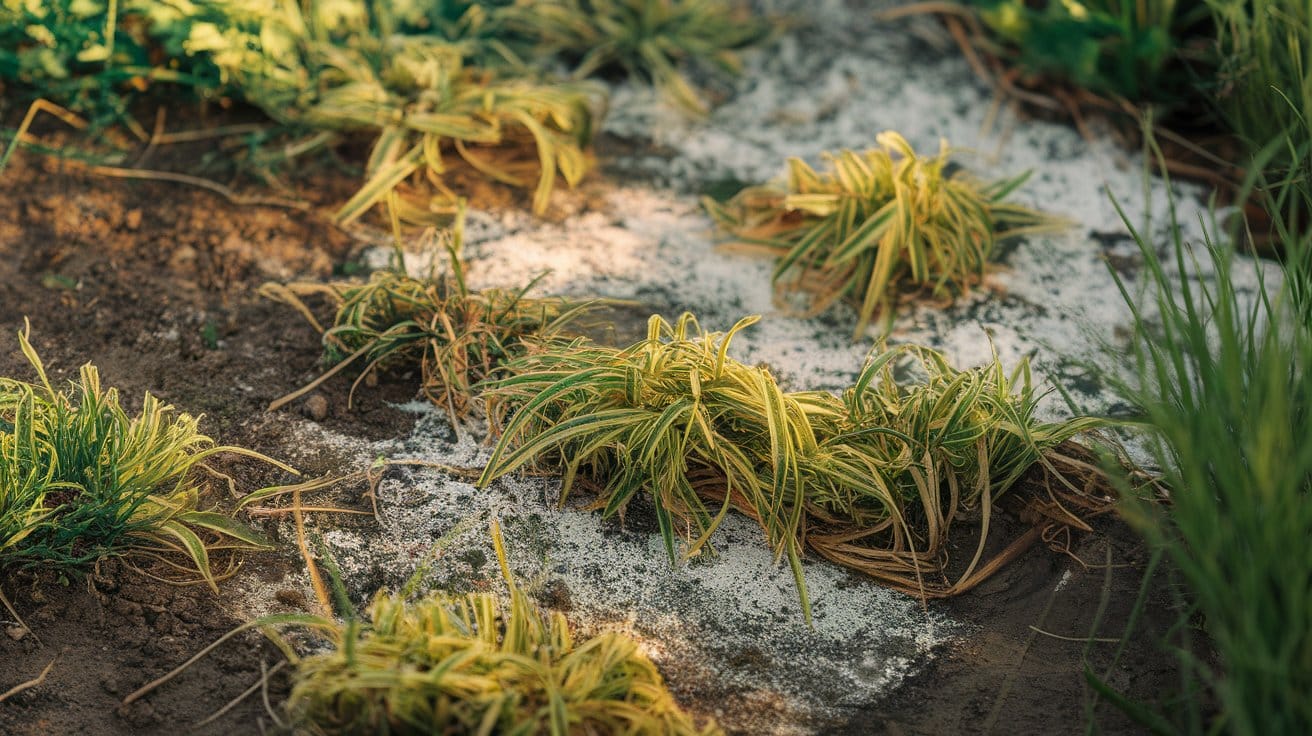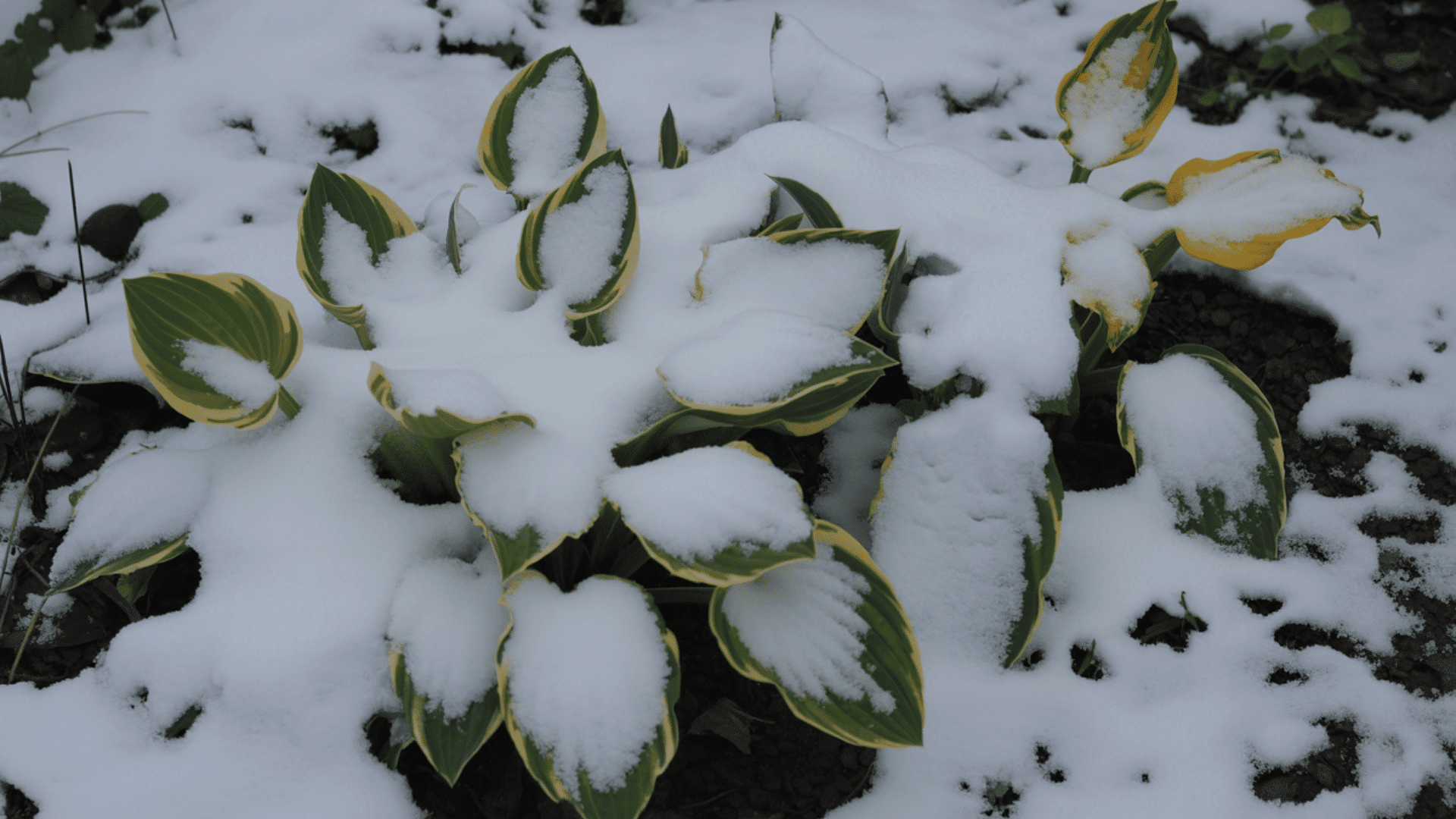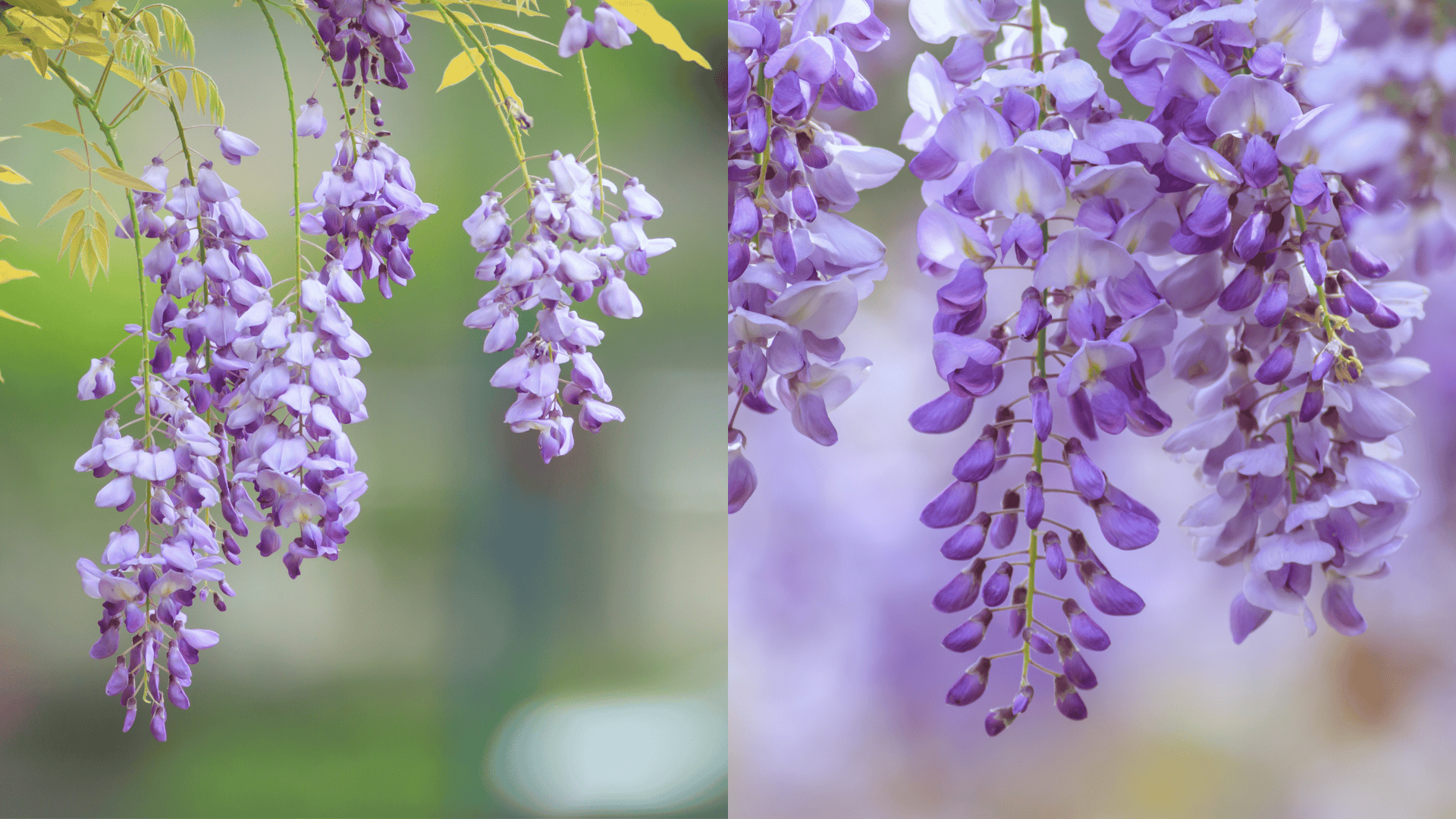Growing your own cutting garden flowers brings fresh beauty right to your backyard.
Imagine fresh blooms for your kitchen table and colorful bouquets to share with friends.
It’s incredibly satisfying to create something lovely with your own hands.
Starting a cut flower garden is easier than you think. You don’t need acres of land or years of experience; just a small sunny spot and some basic knowledge.
In no time, you’ll be growing flowers that rival those of expensive florists.
In this blog, you’ll learn which flowers are easy for beginners, how to set up your garden, and simple care tips to keep flowers blooming all season long.
Why Start a Cutting Garden?
Fresh flowers from the store can cost $15-$30 or more per bouquet.
Growing your own cutting garden flowers can save money while giving you control over what you grow.
Regular harvesting encourages plants to produce more blooms, keeping your garden vibrant from spring until frost.
Displaying flowers you grew yourself is immensely satisfying, adding personal charm to your home.
How to Start a Cut Flower Garden?
Every successful cut flower garden begins with thoughtful planning.
Many beginners rush into planting without considering factors that influence growth and bloom quality.
Taking the time to plan your garden carefully saves frustration later and sets the stage for a thriving, productive garden.
Step 1: Choose the Right Location
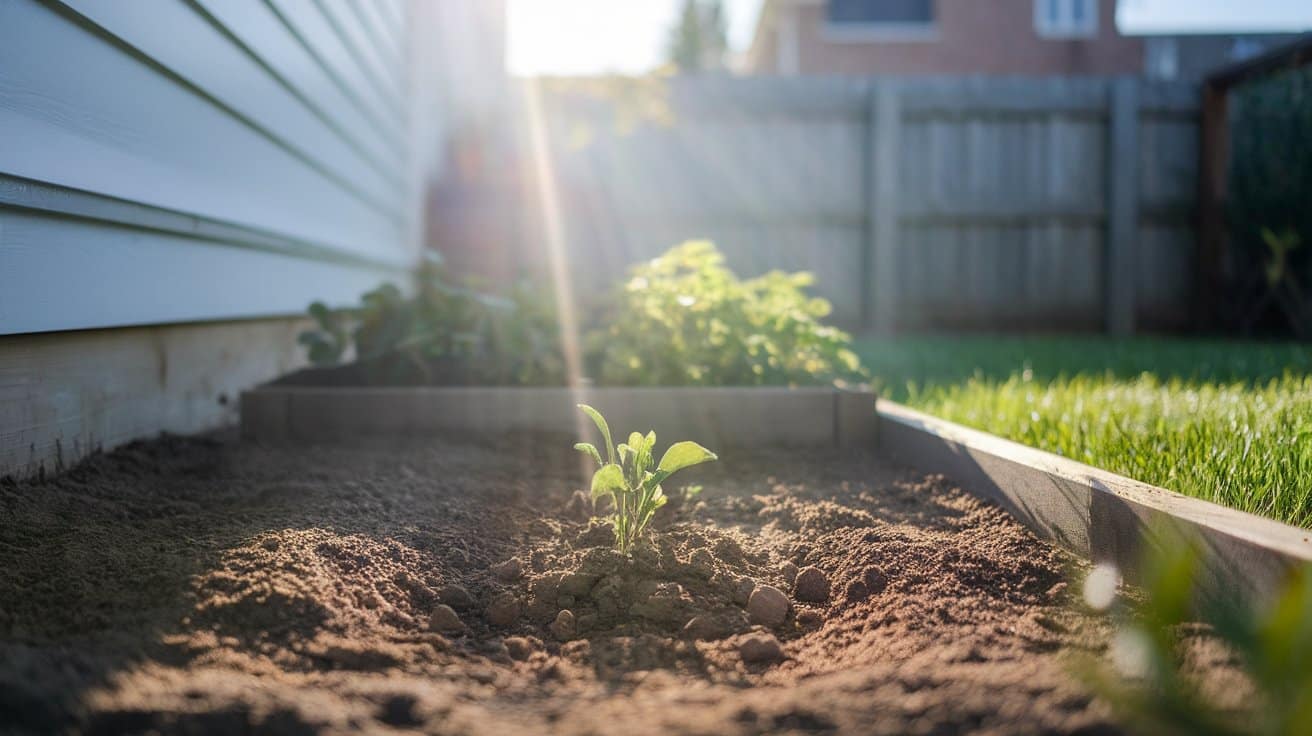
Most cut flowers require at least eight hours of direct sunlight daily, with morning sun being the ideal time. Avoid shady spots as they can limit growth and flower production.
Good drainage is essential. Dig a small hole and fill it with water to test its effectiveness.
If water remains for several hours, consider raised beds or a different location.
Choose a spot near your home for easy access to watering, weeding, and harvesting.
Step 2: Choose a Beginner’s Friendly Cut Flower Layout Option
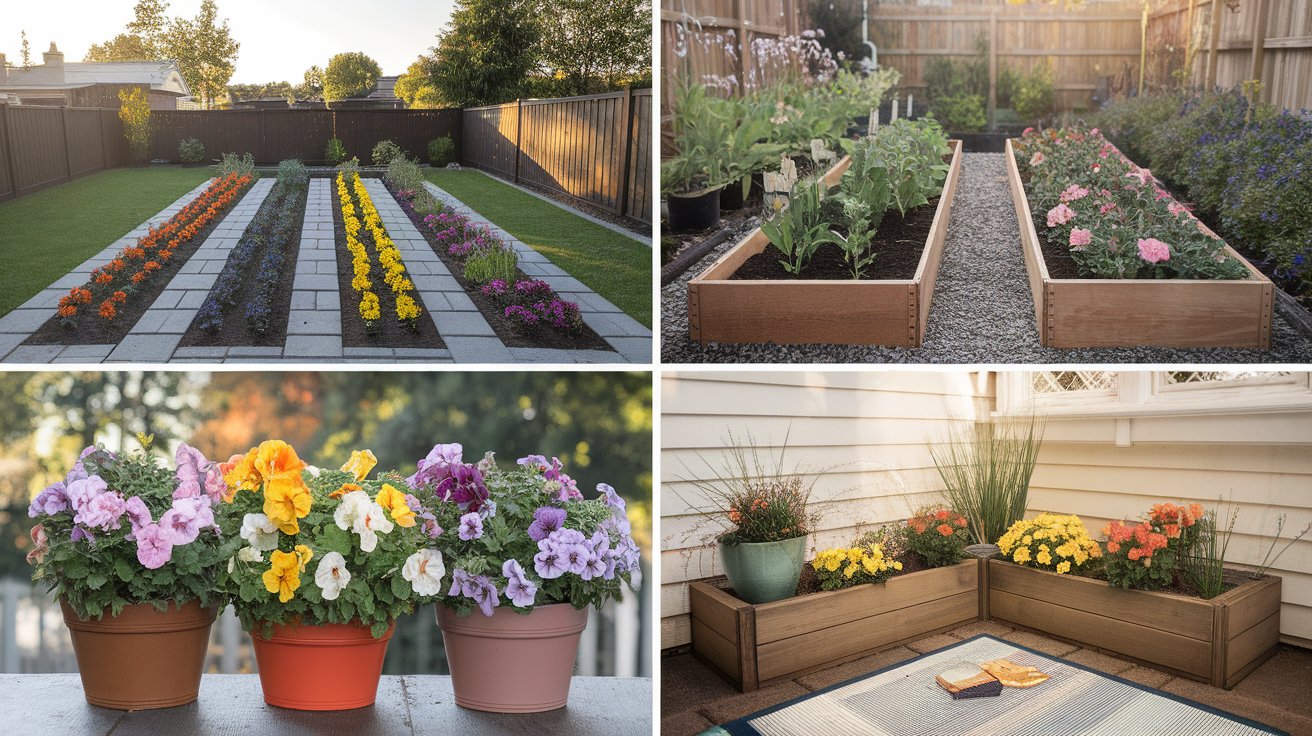
For beginners, planting in straight rows is easiest, leaving 2-3 feet between rows for walking.
Raised beds are ideal for poorly draining soil and should be 3-4 feet wide. Container gardens work well for small spaces, where you can use pots at least 12 inches deep.
Determine how many flowers you want: a 4×8-foot garden is enough for 1-2 bouquets per week, while larger spaces are needed for sharing or selling.
Research local preferences when growing a small business to match customer demand.
Step 3: Choose Seeds or Seedlings
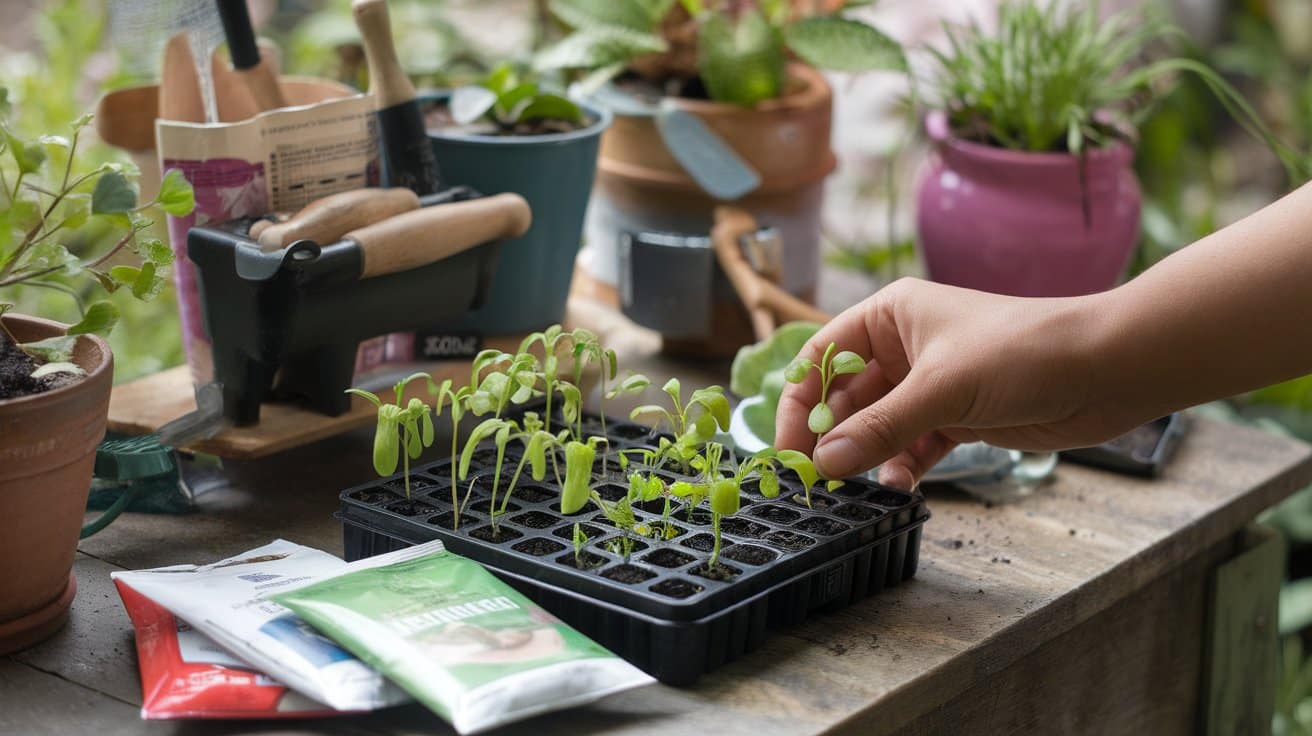
Seeds are cost-effective and provide a wide variety of flowers.
Seedlings, however, give a four- to six-week head start and generally bloom earlier.
For optimal results, start seedlings indoors four to six weeks before the last expected frost date.
Consider your goals and budget when deciding whether to grow from seeds or use store-bought seedlings.
Step 4: Plan a Planting Schedule
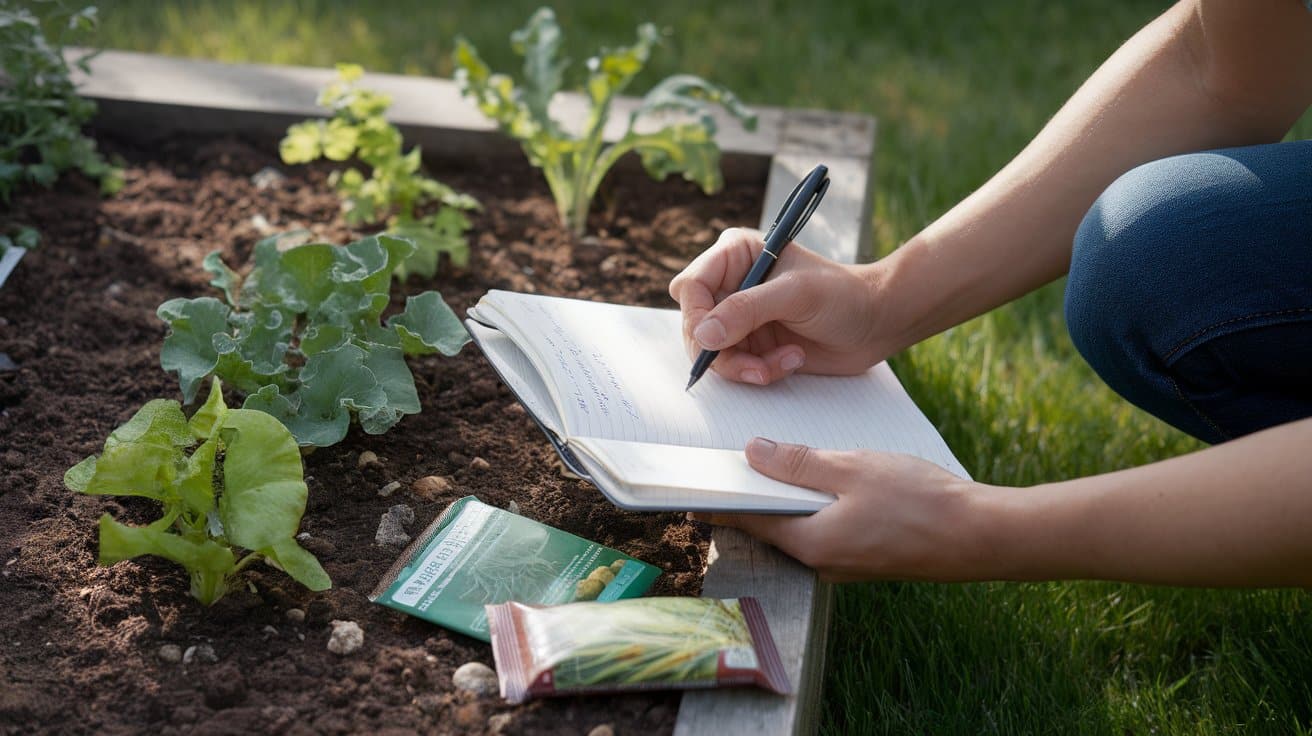
Wait until after your area’s last frost date, as most plants cannot survive freezing temperatures.
Use succession planting by sowing seeds or seedlings in intervals to extend blooming times.
This ensures fresh flowers throughout the season and helps you maintain a continuous harvest.
Check local frost dates to schedule planting for optimal growth.
Step 5: Prepare the Soil
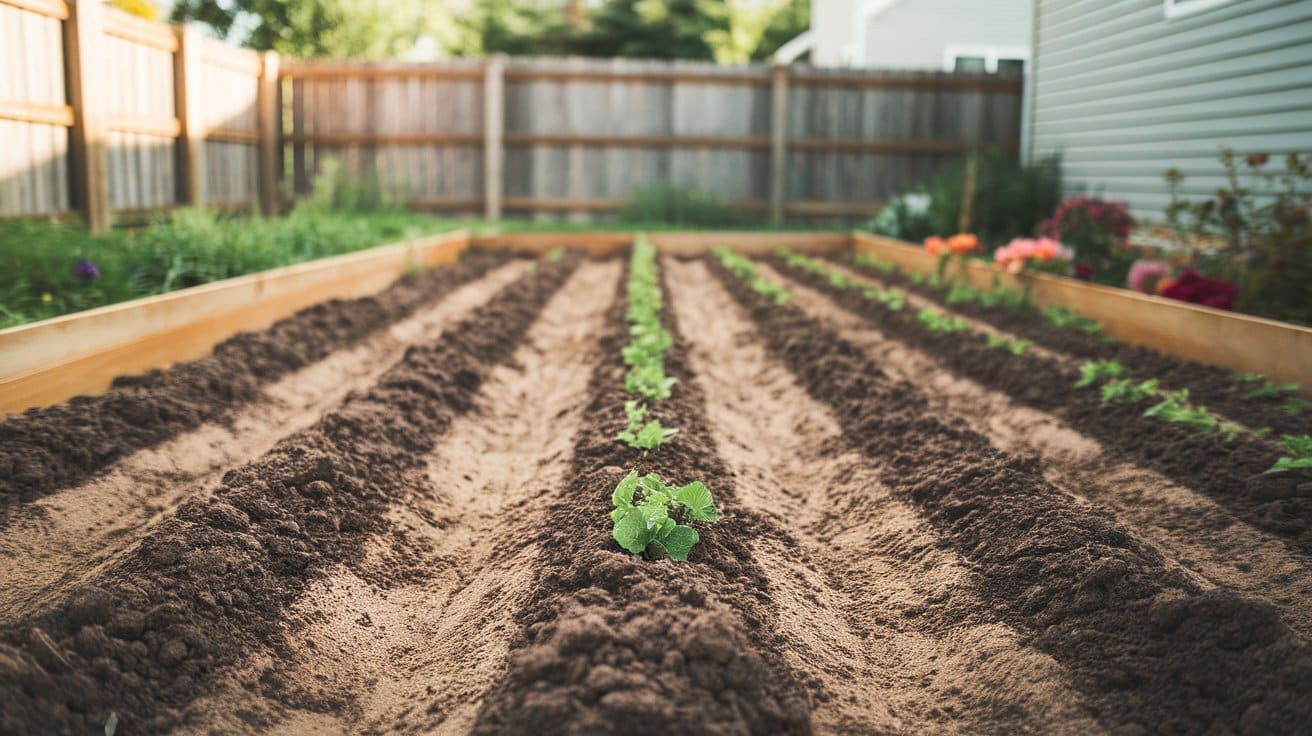
Remove all weeds, grass, and debris to reduce competition for nutrients and water.
Mix 2-4 inches of compost into the soil to enrich it and improve structure for strong root growth.
Test drainage and pH, and adjust by adding amendments or using raised beds if needed.
Well-prepared soil sets the foundation for a productive garden.
Step 6: Plant Flowers Correctly
Plant seeds at the recommended depth: sunflowers about 1 inch, smaller seeds lightly covered.
Space most flowers 9 inches apart; sunflowers 4 inches apart.
Arrange in straight rows with 2-3 feet between rows for easy maintenance.
Special thanks to Andersen Acres for providing valuable insights in their video, which played as a reference while creating this guide.
How to Choose the Right Flowers for Your Cutting Garden?
Walking into a garden center can be overwhelming with hundreds of flower varieties to choose from.
However, not all beautiful flowers are suited for cutting.
Understanding what separates great cutting flowers from disappointing ones will improve your gardening success.
By using these three filters, you’ll bring home flowers that not only thrive in the garden but also shine indoors.
Here’s how to choose wisely:
- Look for long stems: Pick varieties that grow at least 18–24 inches tall.
- Check vase life: Choose flowers that last 5–7 days in water so your arrangements stay fresh.
- Consider bloom season: Select varieties that flower for 4 weeks or longer to give you more cutting opportunities.
List of Best Cut Flowers with Pictures for Beginners
These flowers help new gardeners build confidence while creating a colorful and rewarding garden.
Easy-to-grow varieties require minimal care, tolerate different soil conditions, and provide vibrant blooms.
Starting with hardy, low-maintenance plants ensures a flourishing garden from the very first season.
1. Zinnias
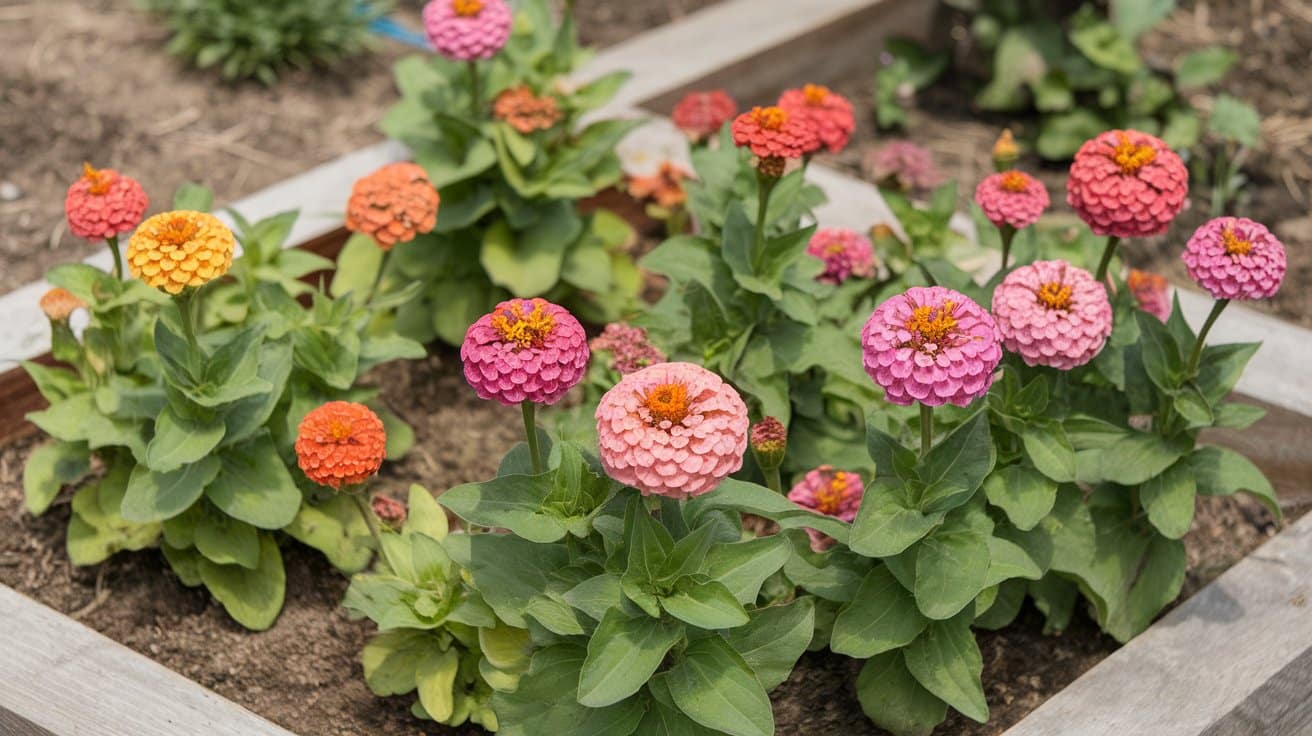
Zinnias are vibrant, long-blooming flowers that flourish from summer until the first frost.
They are easy to grow and offer a 7–10 day vase life, making them perfect for cut flower gardens.
For optimal growth, plant zinnias about 9 inches apart to allow airflow and prevent overcrowding.
Their bright colors attract pollinators while adding a cheerful touch to any arrangement.
2. Sunflowers
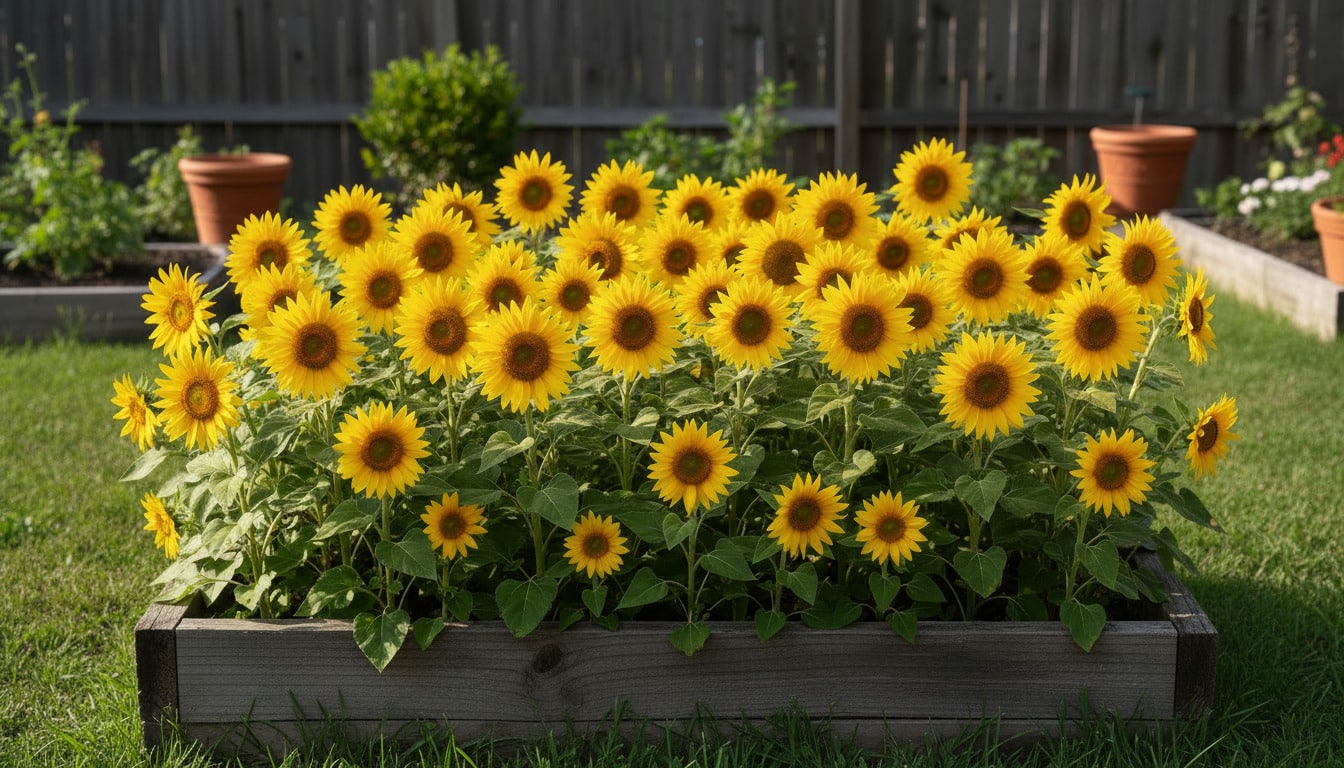
Sunflowers are tall, striking blooms that bring instant cheer to gardens and bouquets.
For cut flowers, pollenless varieties like ProCut are ideal as they prevent mess and extend vase life to 5–7 days.
Space seedlings about 4 inches apart to ensure healthy growth and strong stems.
These sun-loving plants can reach impressive heights, creating a dramatic focal point in any flower bed.
Regular watering and full sun exposure support consistent blooming.
3. Cosmos
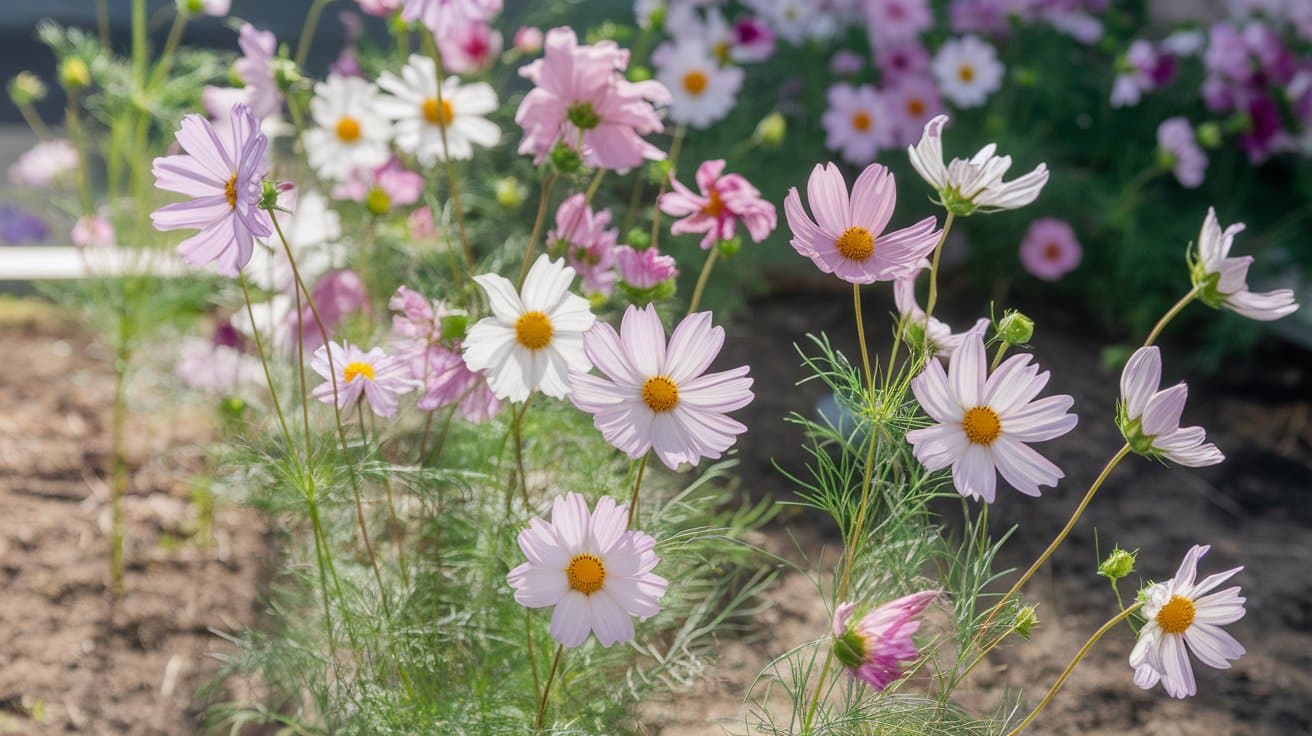
Cosmos are hardy flowers that thrive in poor soil and continue to bloom for months.
They grow between 2 and 4 feet tall and have a vase life of 5–6 days, making them excellent for arrangements.
Cosmos prefer full sun and need minimal maintenance, thriving even in less-than-perfect soil conditions.
Their delicate, daisy-like petals attract butterflies and pollinators, adding both beauty and ecological benefits.
4. Snapdragons
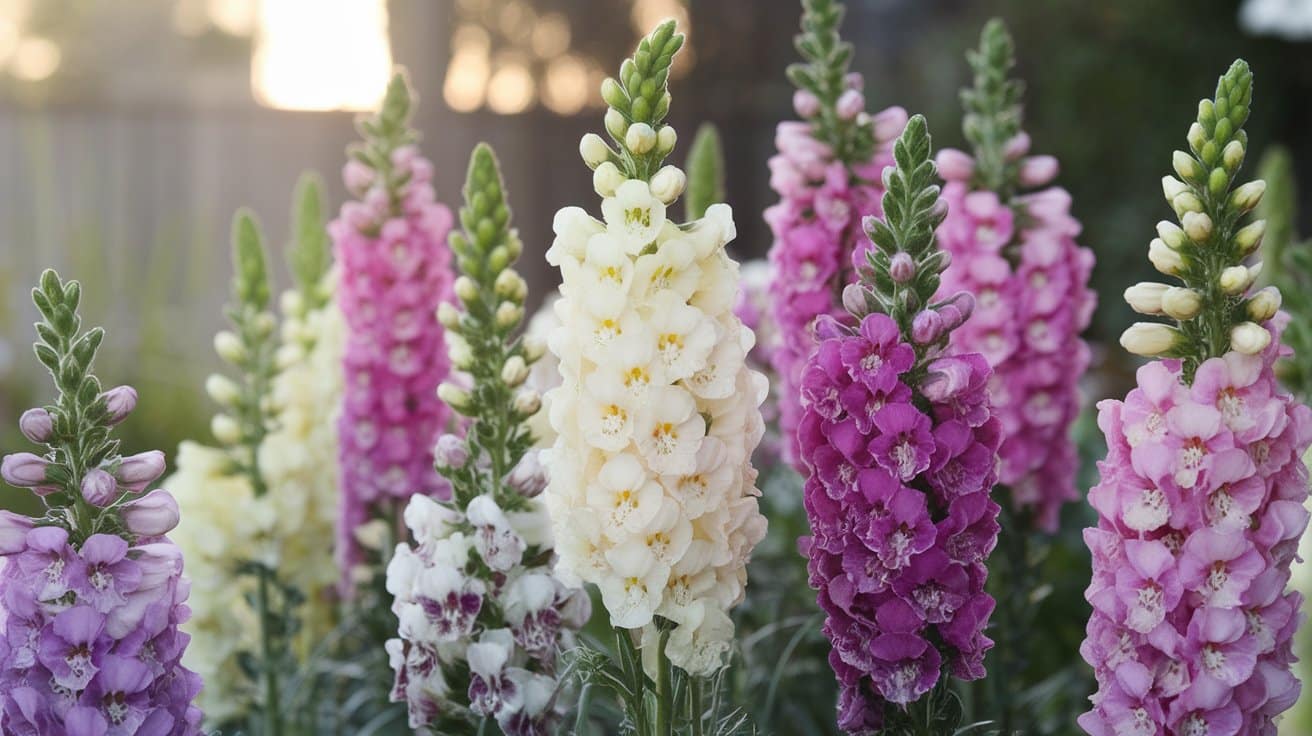
Snapdragons are elegant, vertical flowers with a vase life of about 7 days.
They bloom continuously for 6 to 8 weeks, providing long-lasting color and texture in arrangements.
Plant snapdragons with enough space to grow tall and upright, as they can reach significant heights.
These flowers thrive in full sun with well-drained soil and benefit from deadheading to encourage further blooms.
Snapdragons are versatile in bouquets, adding height and structure to floral designs.
Garden Care and Maintenance Tips
Maintaining a beautiful garden takes consistent care and attention to detail.
To help your plants thrive, here are some key tips for everyday garden maintenance:
- Watering: Water deeply 2–3 times per week, preferably in the morning, to promote strong root growth.
- Feeding: Fertilize as plants grow, following the specific needs of each flower without overfeeding.
- Supporting Growth: Use stakes or cages for tall flowers, such as sunflowers and snapdragons, as they mature.
- Weed and Mulch: Apply mulch around plants to suppress weeds and retain soil moisture.
- Pest Monitoring: Check plants regularly and maintain good air circulation to prevent pests and disease.
Conclusion
Growing cutting garden flowers brings year-round joy. Start small with easy flowers like zinnias, sunflowers, and cosmos.
The key to success is regular harvesting; cut flowers early in the morning when stems are fully hydrated.
The more you cut, the more blooms your plants produce. Your first season will teach you valuable lessons.
Don’t worry about mistakes; gardening is a learning experience. Start your cutting garden today and enjoy homegrown bouquets all season long.
Share your flower-growing experiences in the comments below!
Frequently Asked Questions
How Much Does It Cost to Start a Cutting Garden?
Initial costs range from $50 to $150 for seeds, basic tools, and soil amendments for a small garden. Seeds provide the best value long-term.
How Do I Prevent My Cutting Garden from Looking Messy and Unorganized?
Use landscape fabric, create clear pathways, stake tall plants early, and maintain consistent spacing. Regular maintenance prevents the messy look.
Can I Save Seeds from My Cut Flowers for Next Year?
Yes, many flowers, such as zinnias and cosmos, produce viable seeds. Allow some flowers to go to seed, collect them when dry, and store them properly.

